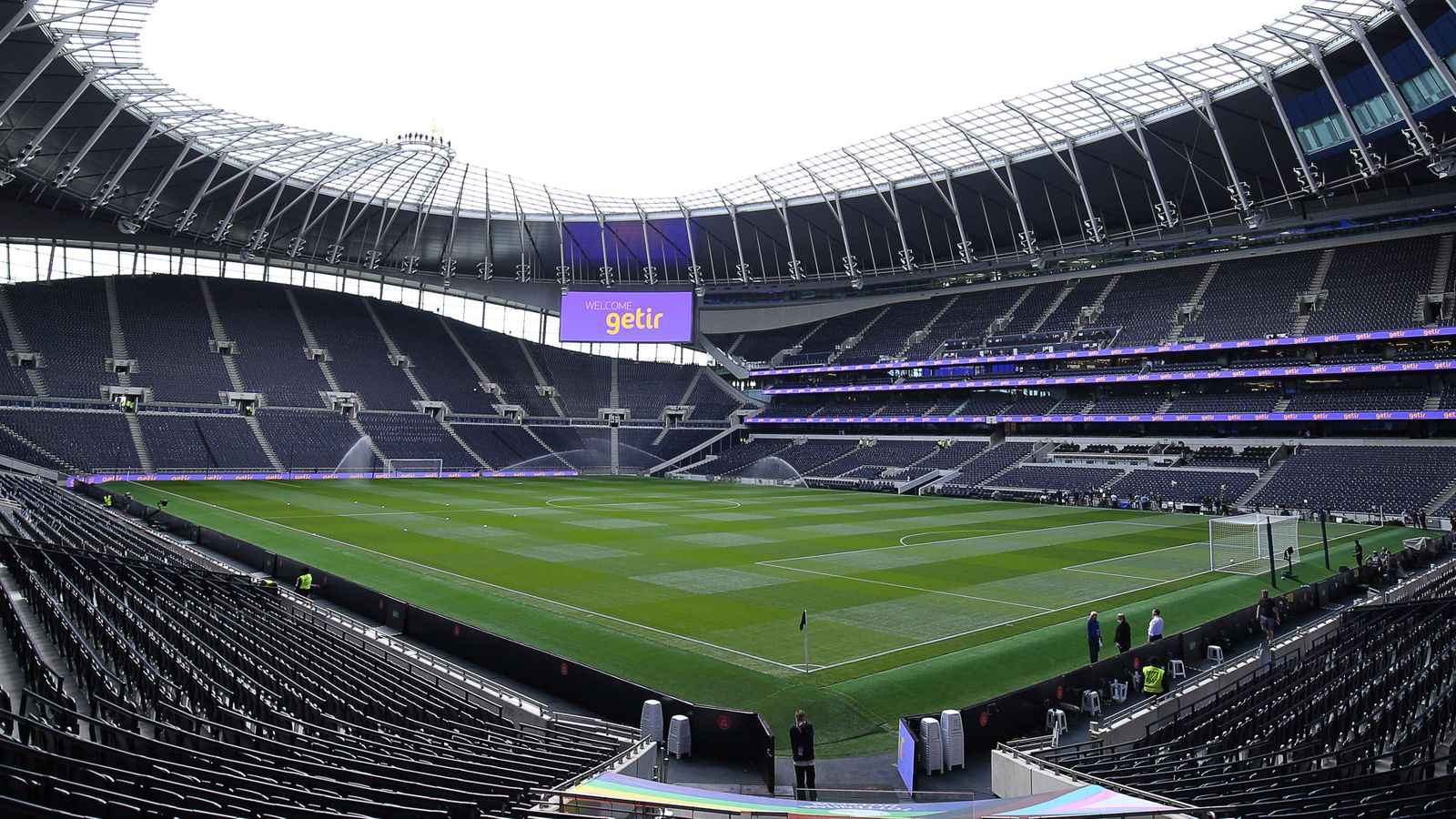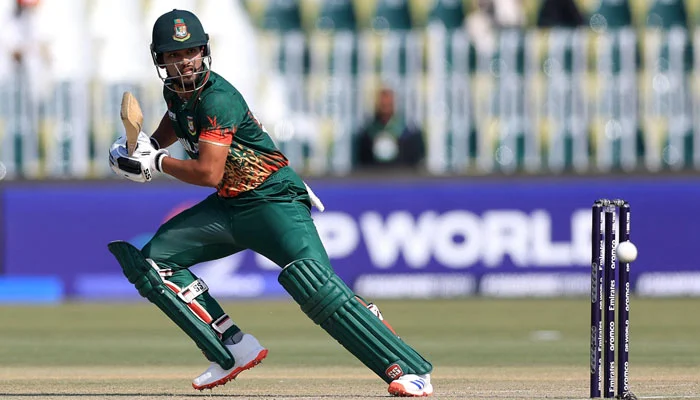African Clubs on the Rise – CAF Champions League Highlights

African football has reached a turning point. Platforms like 777 show how digital innovation and new financial models are reshaping industries, and a similar transformation is happening in sport. The CAF Champions League, once seen primarily as a regional competition, is now becoming a global showcase for talent, strategy, and ambition. Clubs across the continent are rewriting the rules, proving that African football can compete with the world’s best. From tactical innovations to advanced youth development programs, financial restructuring, and the use of sports science, African clubs are charting a bold path toward dominance.
A New Era of Tactical Mastery
For years, African football was stereotyped as relying on raw athleticism and individual skill. But today’s clubs are changing that narrative. Teams like Al Ahly, Mamelodi Sundowns, and Wydad Casablanca are employing sophisticated tactical systems inspired by European and South American football. Coaches are increasingly using data analytics to study opponents, plan formations, and manage player workload.
Clubs now integrate high pressing, fluid positional play, and controlled transitions. The days of long balls and improvisation are giving way to carefully coordinated tactical blueprints. The influence of foreign coaches working alongside local tacticians has created a unique hybrid playing style — one that combines African flair with European structure.
Youth Development: Building From the Ground Up
One of the most exciting aspects of Africa’s football rise is the investment in youth academies. For decades, Europe benefitted from the export of African players who honed their craft abroad. Now, African clubs are focusing on nurturing young talent at home.
- Local Academies: Clubs such as ASEC Mimosas in Ivory Coast and Ajax Cape Town in South Africa have pioneered the development of structured academies. Their graduates include world-class names who made their mark in Europe.
- Infrastructure Investment: Training facilities are improving across the continent, giving young players access to professional-level coaching, fitness programs, and medical care.
- Retention of Talent: Rather than losing every young star to Europe, clubs are finding ways to retain talent for longer, strengthening their domestic leagues and improving competitiveness in the CAF Champions League.
This shift ensures African football is no longer just a pipeline for European clubs but a destination in its own right.
Financial Innovation and Sustainability
Finances remain a challenge in African football, but clubs are finding creative solutions. Sponsorship deals, digital fan engagement, and smart use of broadcasting rights are allowing teams to diversify income streams. Some clubs have partnered with fintech and crypto platforms to handle international transfers more efficiently. Publications such as Boring Magazine highlight how digital currencies and CBDCs are already transforming global payments — a trend football clubs are beginning to explore as well.
This financial evolution means fewer clubs are forced into selling players prematurely. Instead, they can negotiate better transfer fees, reinvest in facilities, and create more sustainable business models.
The Role of Sports Science
Modern African clubs are embracing sports science at unprecedented levels. Nutrition, injury prevention, biomechanics, and recovery management are all becoming standard practices. Clubs like Mamelodi Sundowns have introduced GPS tracking, sleep monitoring, and advanced medical treatments to keep their players in peak condition.
By adopting these practices, African teams are not just matching global standards — they’re also creating environments that allow players to perform at their highest level without needing to move abroad.
Data Analytics and Performance Metrics
Data-driven decision-making is revolutionizing football worldwide, and Africa is no exception. Analysts now track every aspect of play — passing patterns, pressing efficiency, shot quality, and expected goals. This allows managers to adapt strategies on the fly and make informed player selections.
For instance, North African clubs such as Raja Casablanca and Esperance de Tunis are using advanced metrics to optimize substitutions, study opponent weaknesses, and even design training drills tailored to specific match objectives. These innovations are narrowing the gap between African football and more established leagues.
Growing International Recognition
The rise of African clubs is not going unnoticed. International scouts are increasingly attending CAF Champions League matches. European broadcasters are acquiring streaming rights. Social media buzz around African football is growing, with highlights being shared worldwide.
This global visibility not only brings financial rewards but also helps shift perceptions. Instead of being seen solely as exporters of raw talent, African clubs are gaining recognition as competitive organizations with sophisticated management and infrastructure.
Challenges Still Ahead
Despite these advances, challenges remain:
- Infrastructure Gaps: Many stadiums and facilities still require upgrades to meet international standards.
- Governance Issues: Transparency and financial accountability must continue to improve across federations and clubs.
- Player Migration: Europe will always attract African talent, but finding the balance between exports and retention is key.
- Uneven Development: While North and South African clubs often dominate, West and Central Africa are catching up more slowly.
These hurdles highlight the importance of long-term investment and strategic planning if African clubs are to sustain their rise.
Looking Ahead: A Bright Future for African Football
The next decade could prove transformative. If current trends continue, African clubs will not only dominate their continent but also challenge strongly in international competitions such as the FIFA Club World Cup.
Imagine a CAF Champions League final drawing global audiences on par with UEFA competitions. Imagine African clubs becoming household names, not just for producing world-class players but for competing against them at the highest level. That future is closer than many think.
Conclusion
African football is experiencing a renaissance. With tactical evolution, youth development, financial innovation, and sports science at the core, clubs are positioning themselves as serious contenders on the world stage. The CAF Champions League is no longer a regional spectacle — it is a platform for global football excellence.
The rise of African clubs is not just a story of sport. It is a reflection of economic growth, technological adoption, and cultural pride across the continent. As fans, investors, and players rally around this transformation, the world is beginning to pay attention.
The trajectory is clear: African clubs are not only on the rise — they are here to stay.
The post African Clubs on the Rise – CAF Champions League Highlights appeared first on Ten Sports TV.













































